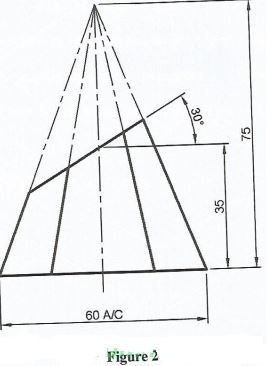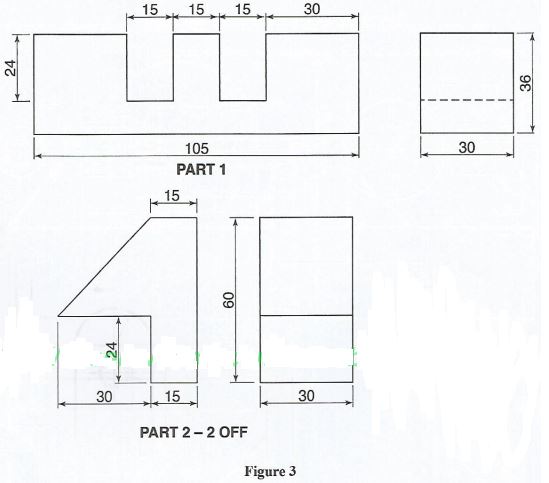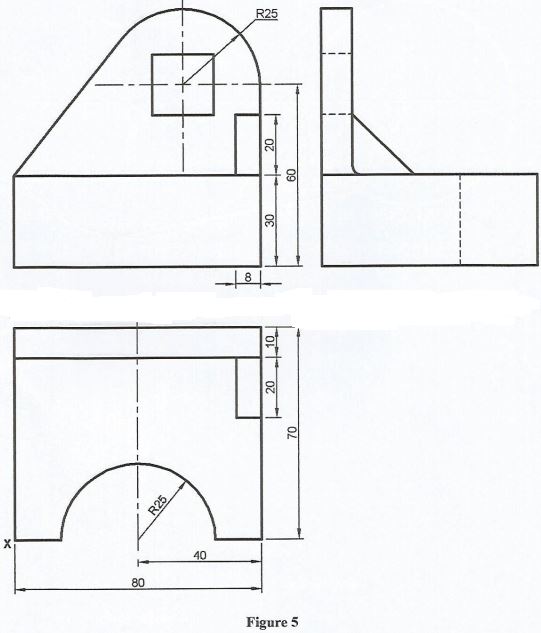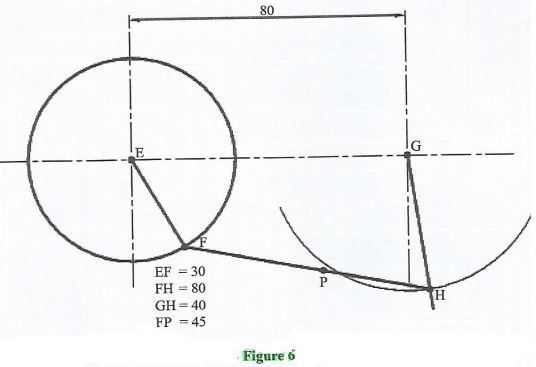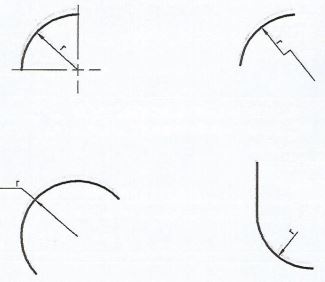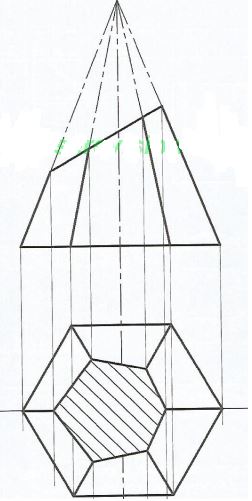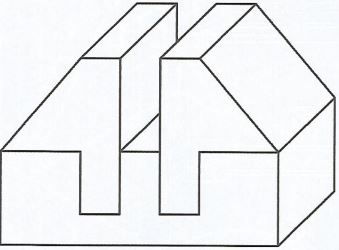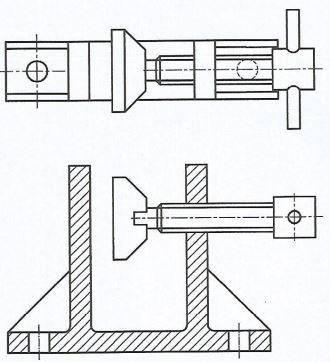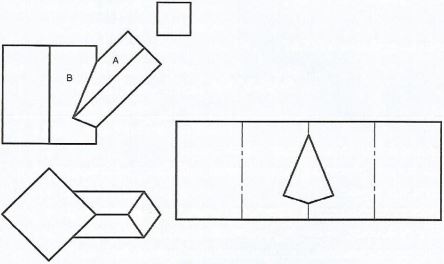SECTION A (50 Marks)
Answer all the questions in this section on the A4 sheet provided.
-
- State four ways of caring for the drawing instruments. (2 marks)
- Name two types of lines used in technical drawing and state where each is applied. (2 marks)
- Explain the use of each of the following in drawing:
- Sketches
- Assembly drawings
- Exploded views
- Working drawings (4 marks)
-
- State three factors to consider when choosing materials for engineering works. (3 marks)
- Explain the meaning of the term "alloy" as applied in materials and give two examples. (2 marks)
-
- State two reasons for using symbols and abbreviations in drawing. (2 marks)
- Draw the symbols representing each of the following welded joints:
- Fillet
- Double-Vee butt (2 marks)
-
- Use sketches to show four ways of dimensioning arcs in drawing. (2 marks)
- Use a cuboid to illustrate the difference between oblique projection and one point perspective projection in drawing. (2 marks)
- Figure 1 shows a shaped block drawn in isometric projection.
Sketch in good proportion the three orthographic views of the block in third angle projection. (6 marks) -
- Explain the meaning of each of the following scales in relation to the size of the drawing and the actual object: (2 marks)
- 1:50
- 50:1
- Construct a parallelogram whose two opposite sides are 65 and 40 given that the angle between two adjacent sides is 60°.
(5 marks)
- Explain the meaning of each of the following scales in relation to the size of the drawing and the actual object: (2 marks)
- Figure 2 shows the front elevation of a truncated hexagonal pyramid. Draw the given view and (5 marks) complete plan in first angle projection. (5 marks)
-
- Write each of the following abbreviations in full as used in computer applications:
- CAM
- CAD (2 marks)
- Figure 3 shows views of the part of a machine component drawn in first angle projection
Assemble the parts and sketch the component in oblique projection with A as the front face. (6 marks)
- Write each of the following abbreviations in full as used in computer applications:
- Explain the importance of each of the following in the design process:
- Research
- Evaluation (3 marks)
SECTION B (20 Marks)
This question is compulsory.
It should be answered on the A3 paper provided.
- Figure 4 shows parts of a clamp drawn in first angle projection.
Assemble the parts and draw Full Size the following in third angle projection:- Sectional front elevation along the cutting plane P-P
- Plan
Unspecified dimensions are left to the candidates discretion. (20 marks)
SECTION C (30 Marks)
Answer any two questions from this section on the A3 paper provided.
- Figure 5 shows three orthographic views of a casting drawn in first angle projection.
Draw the casting in isometric projection taking the corner X as the lowest point (15 marks) - In the mechanism shown in Figure 6, the crank EF rotates about centre E ehilr GH oscillates about G. Plot the locus of the point P for one complete revolution of EF. (15 marks)
- Figure 7 shows two intersecting squares tubes A nd B drwn in 1st angle projecion
- Copy the figure and complete each of the following:
- Front elevation
- Plan
- Draw the development of tube B. (15 marks)
- Copy the figure and complete each of the following:
MARKING SCHEME
SECTION A
| 1. |
|
(2marks)
(2marks) |
| 2 |
|
(4 marks) |
| 3 |
|
(3 marks)
(2 marks) |
| 4 |
|
(2 marks)
(2 marks) |
| 5 |
|
(2 marks)
(5 marks) |
| 8 |
|
(5 marks) |
| 9 |
|
(2 marks)
(6 marks) |
| 10 |
The importance of:
|
(3 marks) |
| SECTION B | ||
| 11 |
C/Line = 2mks |
(20marks) |
| SECTION C | ||
| 12 | 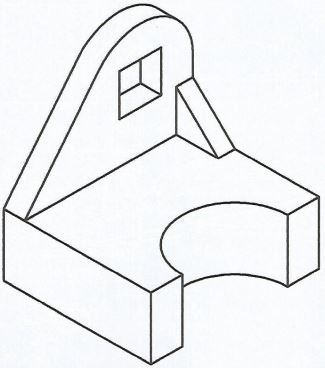 11 Faces @ 1 = 11mks Quality of curves - 4 x ½ = 2mks Isometric = ½ Line work = ½ Lowest point = 1mk 15mks |
(15marks) |
| 13 | 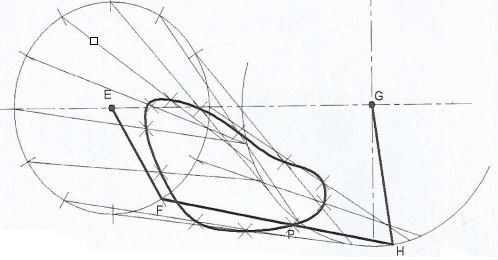 CIRCLES Centres E $ G = 2 mks Radius EF = 1 mk Radius GH = 1mk Locating point P = 1mk Division of circle EF = 3 mks Plotting locus, point P = 3mks Smooth curve = 3mks Neatness = 1mk TOTAL 15 mrks |
(15marks) |
| 14 |
|
(15marks) |
Download Drawing and Design Paper 1 Questions and Answers - KCSE 2021 Past Papers.
Tap Here to Download for 50/-
Get on WhatsApp for 50/-
Why download?
- ✔ To read offline at any time.
- ✔ To Print at your convenience
- ✔ Share Easily with Friends / Students


